My very first own camera was one of those flat fold-out Kodak 110-format Instamatics. I remember making paper copies from 110 negatives with my father’s old enlarger once I’d started with 35mm at age 19 or so. Many years later I exposed a roll of Lomography B&W film in a Minolta 110 Zoom SLR. It wasn’t the revelation I’d imagined. With the subject of this post falling into my lap this spring, I guess it’s time to explore the format a little more.
This is the Hanimex VEF, a 110-format or Instamatic camera. The film in the quick-loading cassette is something like 16mm wide – about half of 35mm that is. And that means that the image size is a quarter of a 35mm exposure.
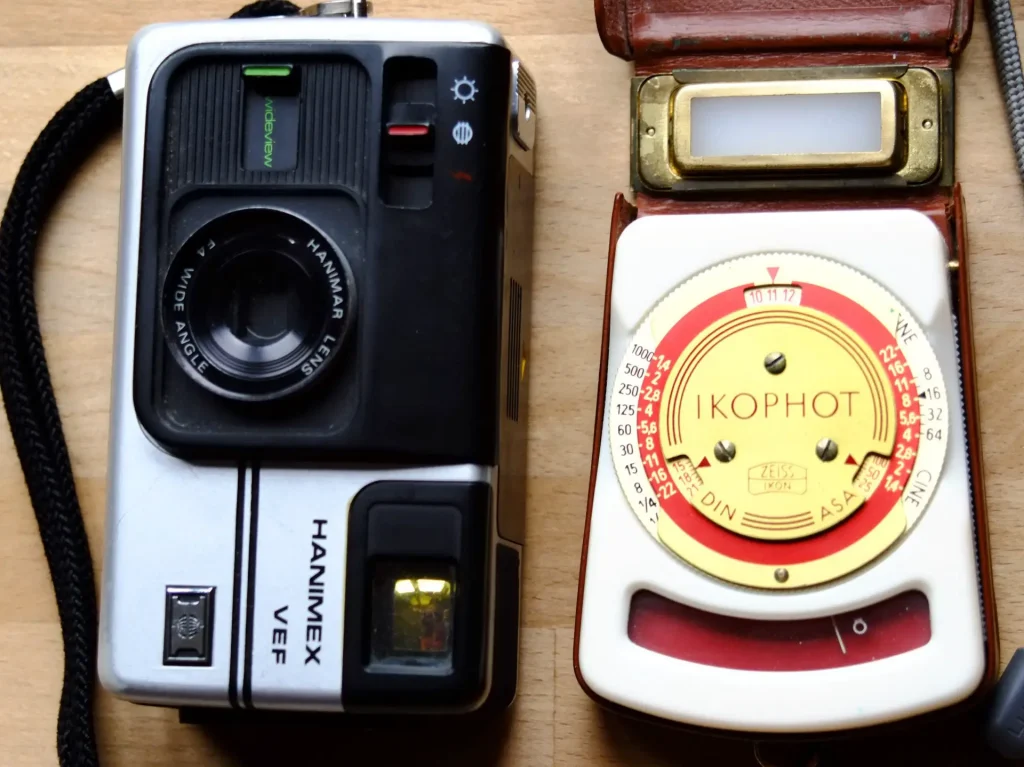
As a comparison here is the camera next to my light meter. It’s tiny. Tiny photos from a tiny camera. But how does it work?
Like with most Instamatic type cameras the choices of exposure are limited. The VEF is a step up from the most simplistic ones, though. Shutter speed is 1/125th of a second. End of story. There are two focus settings – “Wideview” and “Close up”. The focal length of 20mm equals something like 35mm on a full frame camera. When switched to close-up there is a small adjustment/movement made in the angle of the finder to compensate for parallax. Close-up setting supposedly hits focus at 35-45 cm. “Widewiew” has sort of a hyperfocal focus. I have yet to try faster film (400 or 800 ASA) so will probably find out by then where the focus is sharpest. There are 3 aperture settings: F/6.3 at the cloudy setting, f/11 at sunny and f/4 in flash mode.
It’s easy to forget whether you’ve changed the setting so I keep turning to look at the camera. It’s a bit of a nuisance but nothing unusual. None of the exposure information or focusing aid is visible in the finder. Speaking of the finder – it’s bright, but if you have glasses you can’t see the whole image.
The film is wound on with a small plastic wheel on the bottom left of the back. The film inside the cassette is sprocketed to one side and when wound to where the sensor feels the sprocket, it stops for the next exposure. Through a small window on the back of both cassette and camera you can see the numbered exposures. In the near future I intend to hack a film cassette with my own cut film, sprocketed/perforated with an old ticket perforator at the right intervals. (This was inspired by Adam Paul AKA Quirky Guy With a Camera!)
These frames were exposed on the same film type – expired since 1984 Kodacolor VR 200 ASA – but developed in two ways. The first film was developed in normal C-41 chemicals by Best Fotoservice in Riesa, Germany. The second was developed by me in caffenol. Both were scanned by me, and some edited for more contrast (or punch).
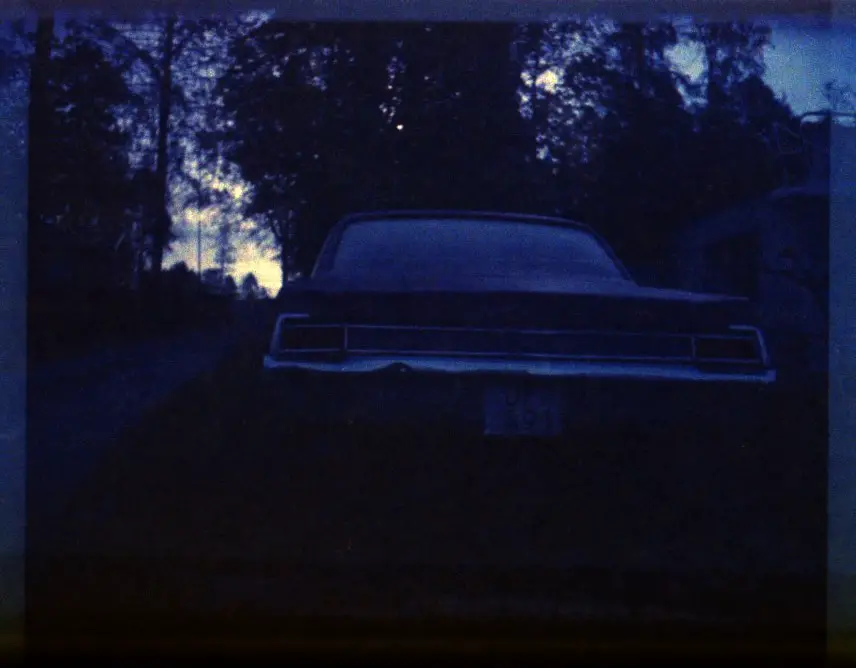
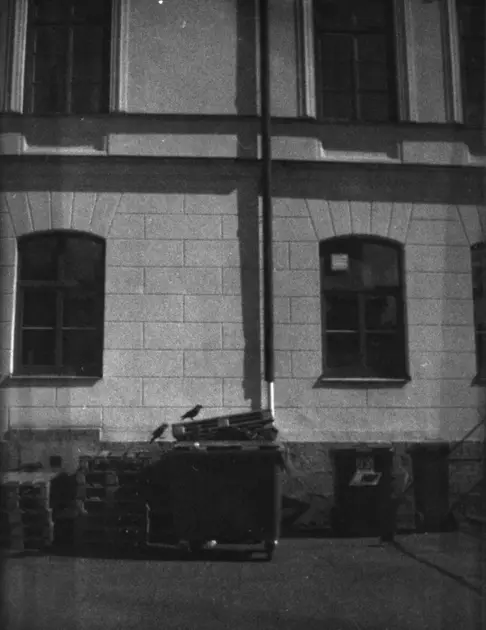
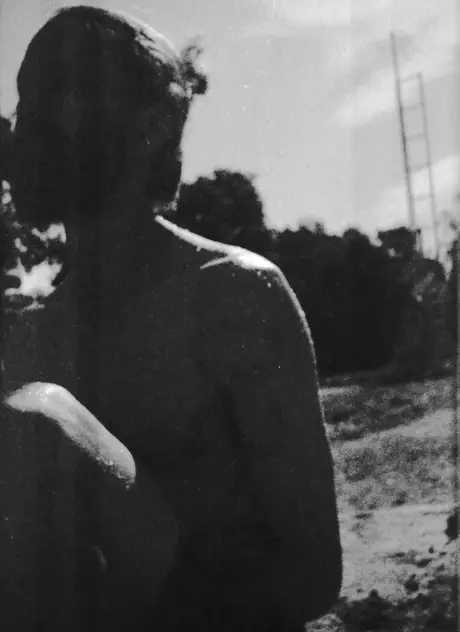
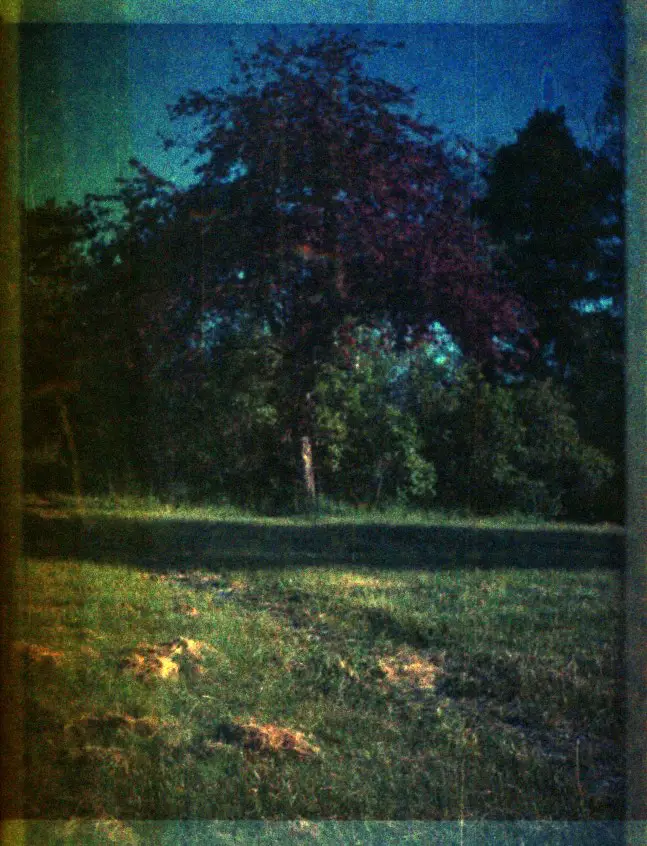
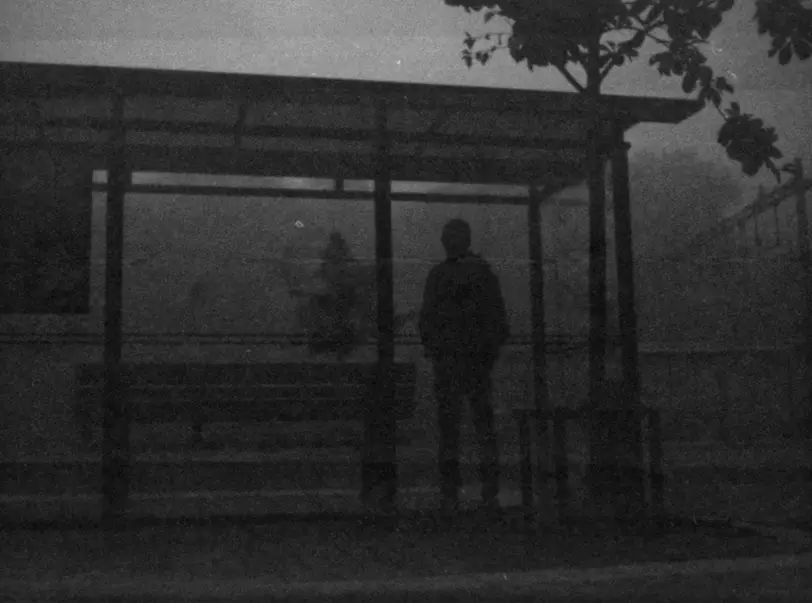
The grain is very large in these negatives. In part due to the age and aging of the film. Also older film types had less fine grain than modern films, both colour and black & white. And of course the negative is really small so grain appear bigger!
Focusing capabilities of this lens has a lot to wish for it. In wide-angle mode (at f/4) the sharpest area is 2-3 meters – further away is out of focus. Not good for landscapes – d’uh! Close focus (at f/4) needs to be nailed at the exact distance – as in the beach photo above – to even be useful.
For these old films to register an image a lot – no: A LOT – of light has to hit it. This I knew when I exposed it but I got less useful photos than I’d thought, even though I exposed all the photos in flash mode (f/4 at 1/125th). I will load the VEF with modern 400 ASA film in the near future to further explore the lens’ capabilities further.
Visit my blog getOBphoto for further adventures, my instagram @ourbooksmalmo and my Etsy camera shop getOphoto.
Share this post:









Comments
Immo on Hanimex VEF Mini Camera Mini Review – by Tobias Eriksson
Comment posted: 14/08/2020
Comment posted: 14/08/2020
Comment posted: 14/08/2020
Comment posted: 14/08/2020
Clive W on Hanimex VEF Mini Camera Mini Review – by Tobias Eriksson
Comment posted: 16/08/2020
The negative size is not really the problem. Micro Four Thirds uses a sensor of pretty much the same dimensions, but in a camera that can keep it where the lens expects.
serge von rupert on Hanimex VEF Mini Camera Mini Review – by Tobias Eriksson
Comment posted: 31/10/2020
Hoy encontré una HANIMEX VEF ZOOM con flash VEF II en un mercado de pulgas en la Ciudad de México, mi ciudad. Luego de limpiarla y sanitizarla, luce flamante! Totalmente funcional